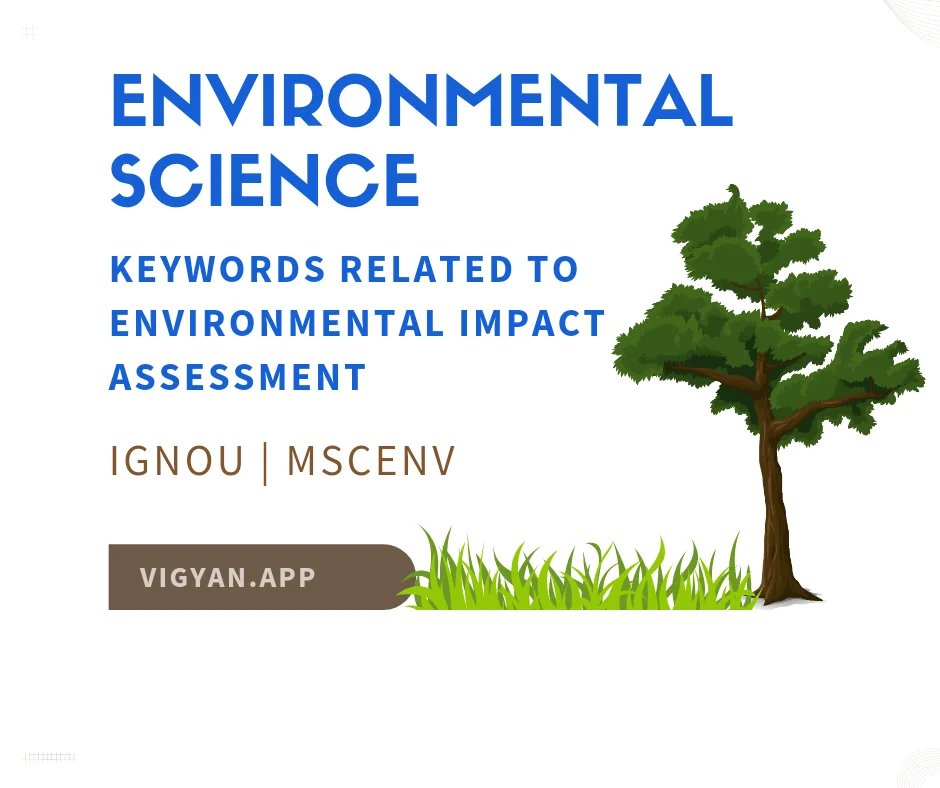Environmental Pollution, Control and Management (MEV-015)
Q. Briefly classify different types of biomedical waste.
Ans: Approximately 10-25 % biomedical waste is hazardous and can have deleterious effects on human and animal health and the remaining 75-90% of the biomedical waste is nonhazardous and as harmless as any other municipal waste. The hazardous waste is a major risk to the health care personnel at all the level and also fof the general population if not handled, treated and disposed properly.

The Ministry of Environment Forest and Climate Change (Biomedical Waste Management Rules, 2016, G.S.R 343(h), dated 28th March, 2016) have classifed the biomedical waste in the following categories according to the type, their magnitude to impose hazard and source of generation:”
(a) Human Anatomical Waste: Human tissues, organs, body parts and fetus below the viability period (according to Medical Termination of Pregnancy Act 1971, amended from time to time), blood and other fluids
(b) Animal Anatomical Waste: Experimental animal carcasses, body parts, organs, tis- sues, including the waste generated from animals used in experiments or testing in veterinary hospitals or colleges or animal houses
(e) Soiled Waste: Items contaminated with blood, body fluids like dressings, plaster casts, cotton swabs and bags containing residual or discarded blood and blood components.
(d) Expired or Discarded Medicines: includes pharmaceutical waste like antibiotics, cytotoxic drugs along with glass or plastic ampoules, vials etc.
(e) Chemical Waste: Chemicals used in production of biological and used or discarded disinfectants.
(f) Chemical Liquid Waste :Liquid waste generated due to use of chemicals or discard- ed disinfectants, Silver X-ray film developing liquid, discarded Formalin, aspirated body fluids, liquid from laboratories and floor washings, cleaning, house-keeping and disinfecting activities etc.
(g) Clothes used in the medical practices like discarded linen, mattresses, beddings contaminated with blood or body fluid.
(h) Microbiology, Biotechnology and other clinical laboratory waste: Blood bags, cultures, discarded stocks or specimens of microorganisms, live or attenuated vaccines, research based human and animal cell cultures, waste from industrial laboratories, residual toxins, dishes and devices used for cultures etc.
(i) Contaminated Waste (Recyclable): BMW generated from disposable items such as tubing, bottles, intravenous tubes and sets, catheters, urine bags, syringes (without needles and fixed needle syringes) and gloves.
(j) Waste sharps including Metals: the objects that may cause cut or punter, including used, discarded and contaminated metal sharps like needles, syringes, needles from needle tip cutter or burner, scalpels, blades, or any other contaminated sharp object.
(k) Glassware: Broken or discarded and contaminated glass including medicine bottles! vials and ampoules except those contaminated with cytotoxic wastes.
YOU MAY ALSO LIKE: Techniques, Treatment and Disposal of Biomedical waste

